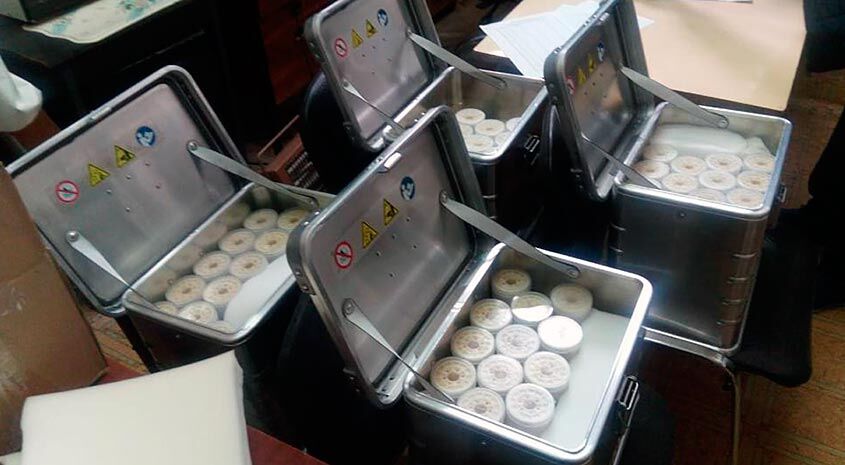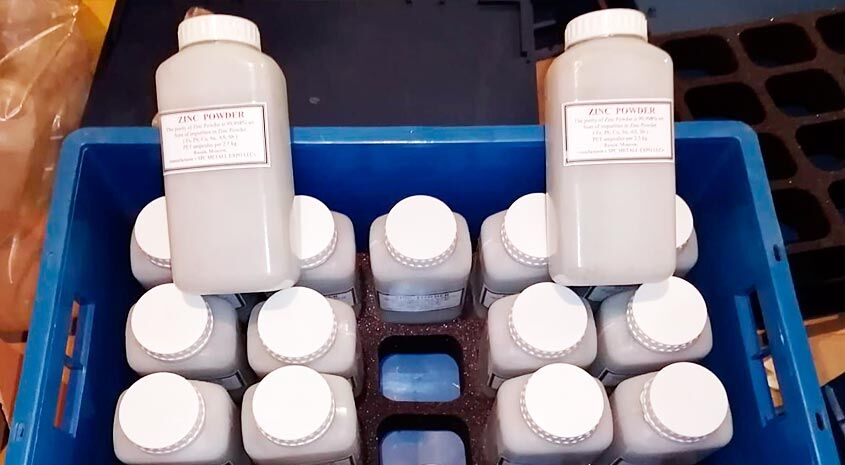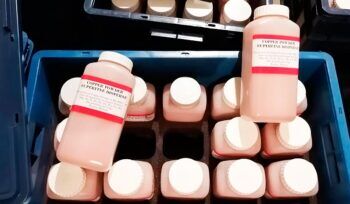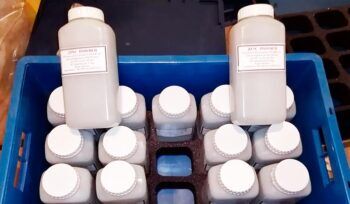
Where do rare earth elements come from?
As a rule, rare earth elements occur together in nature. They form very strong oxides, halide compounds, and sulfides. Compounds of trivalent elements are most characteristic of lanthanides. The exception is cerium, which easily passes into a tetravalent state.
In addition to cerium, tetravalent compounds form praseodymium and terbium. Divalent compounds are known from samarium, europium and ytterbium. According to the physico-chemical properties, lanthanides are very close to each other.
This is explained by the peculiarity of the structure of their electronic shells.
The content of rare rock elements in the rock
The total content of rare earth elements is more than 100 g/t. More than 250 minerals containing rare earth elements are known. However, only 60-65 minerals in which the content of Me2O3 exceeds 5-8% can be attributed to the rare earth minerals themselves. The main minerals of rare earths are monazite (Ce, La)PO4, xenotime YPO4, bastnasite Ce[CO3](OH,F), parisite Ca(Ce, La)2[CO3]3F2, gadolinite Y2FeBe2Si2O10, orthite (Ca, Ce)2(Al, Fe)3si3o12(O, OH), loparite (Na, Ca, Ce)(Ti, Nb)O3, eshinite (Ce, Ca, Th)(Ti, Nb)2O6. Cerium is the most common in the Earth’s crust, thulium and lutetium are the least common. According to the rules of the Commission on New Minerals and Mineral Names (CNMNM) of the International Mineralogical Association (IMA), minerals with a large amount of rare-earth element (or close to rare-earth yttrium and scandium) in the composition receive a special suffix, “Levinson’s qualifier”, for example, two minerals are known: gagarinite-(Y) with a predominance of yttrium and gagarinite-(Ce) with a predominance of cerium.
Despite unlimited isomorphism, a separate concentration of rare earths of the yttrium and cerium subgroups is possible in a group of rare earths under certain geological conditions. For example, with alkaline rocks and related post magmatic products, the cerium subgroup gets the predominant development, and with post magmatic products of granitoids with increased alkalinity, yttrium. Most fluorocarbonates are enriched with elements of the cerium subgroup. Many tantalum-niobates contain yttrium subgroup, and titanates and titanium-tantalum-niobates contain cerium. Some differentiation of rare earths is also observed in exogenous conditions. The isomorphic substitution of rare earths with each other, despite the difference in their ordinal numbers, is due to the phenomena of “lanthanide compression”: with an increase in the ordinal number, internal rather than external electron orbits are completed, as a result of which the volume of ions does not increase.
The selective accumulation of rare earth elements in minerals and rocks may be due to differences in their ion radii. The fact is that the radii of lanthanide ions naturally decrease from lanthanum to lutetium. As a result, preferential isomorphic substitution is possible depending on the degree of difference in the sizes of the substituted ions of rare earth elements. Thus, in scandium, zirconium and manganese minerals, only rare earths of a number of lutetium — dysprosium can be present; uranium minerals mainly accumulate minerals of the middle part of the series (yttrium, dysprosium, gadolinium); elements of the cerium group should be concentrated in thorium minerals; strontium and barium minerals can only include elements of the europium — lanthanum series.
Our products are high purity metals always in stock














